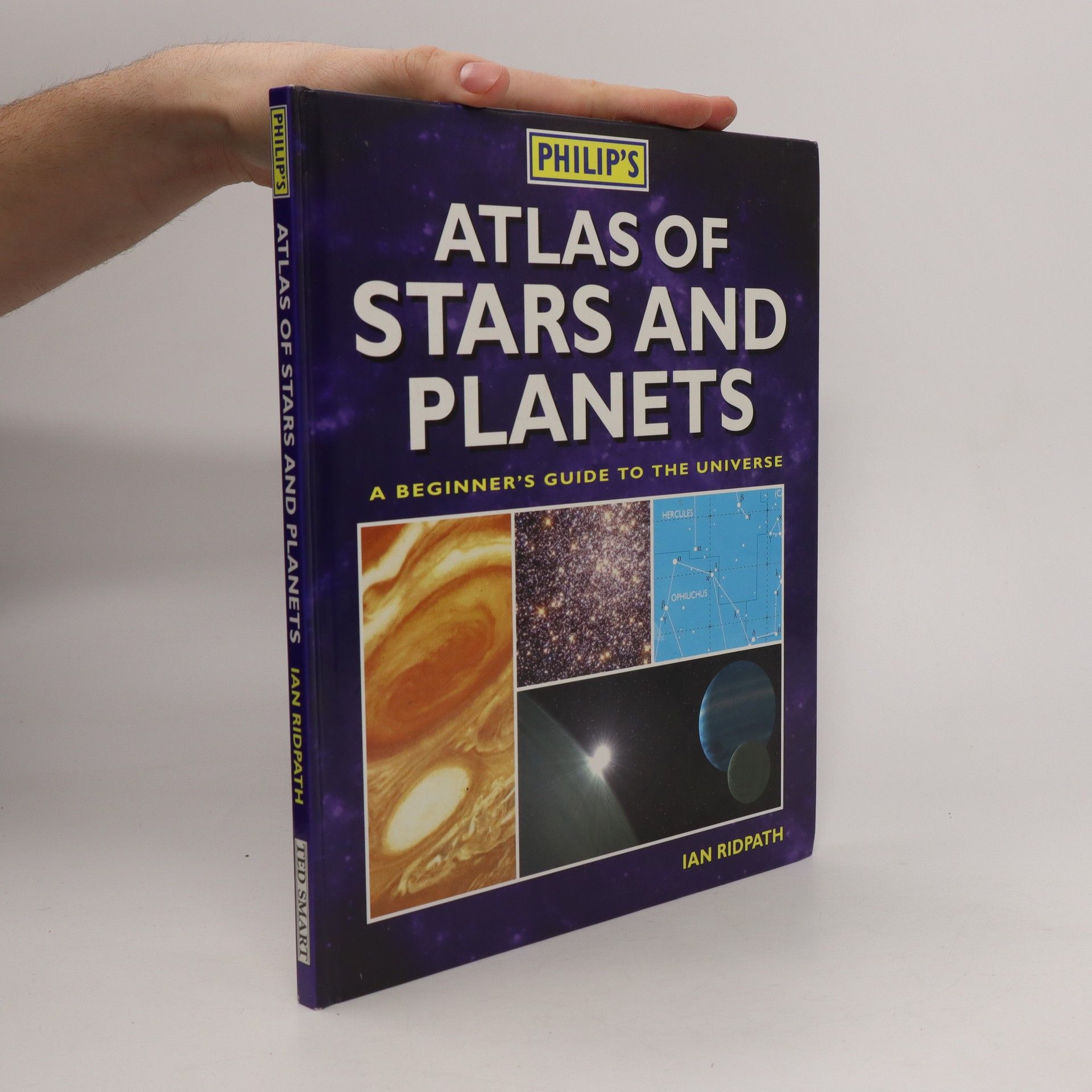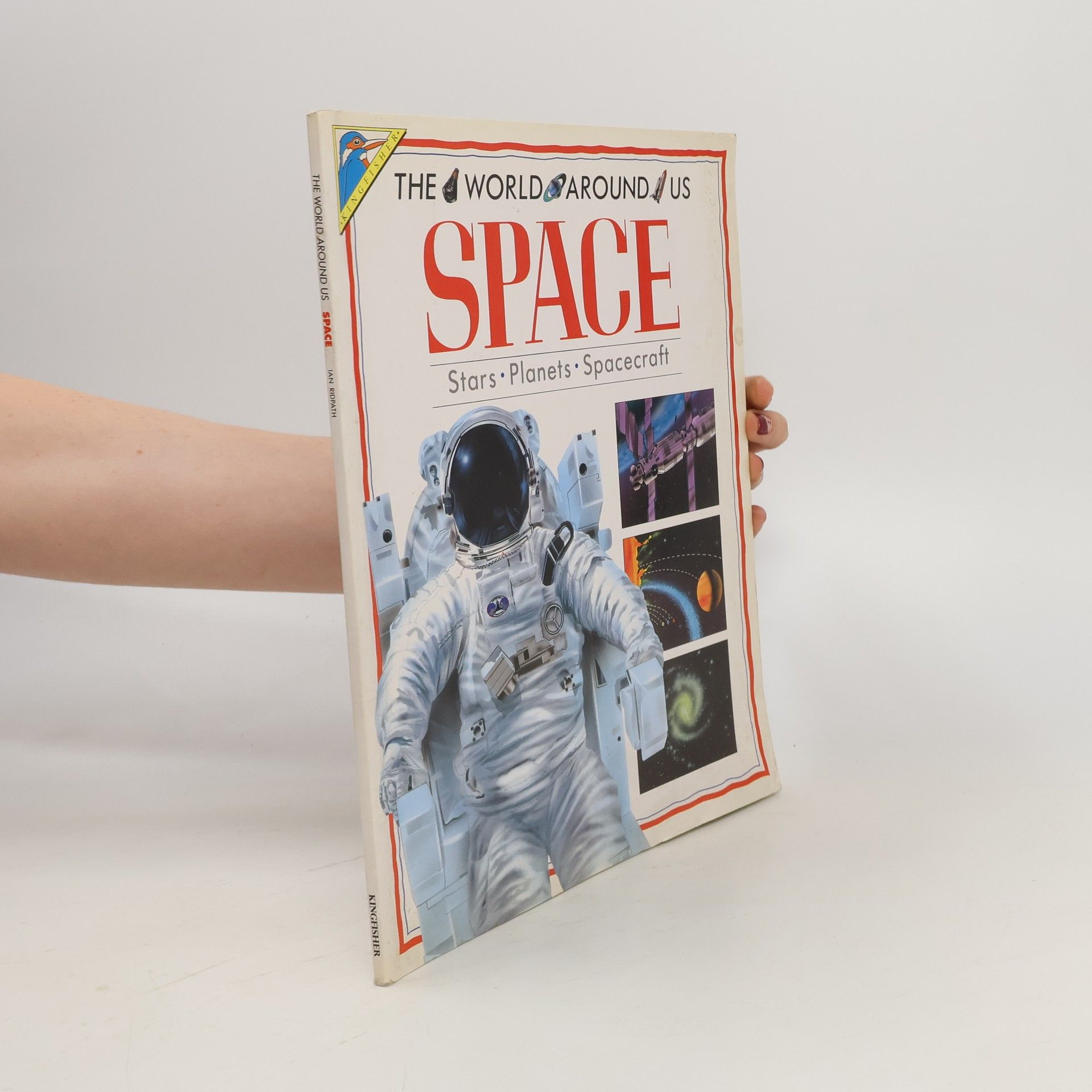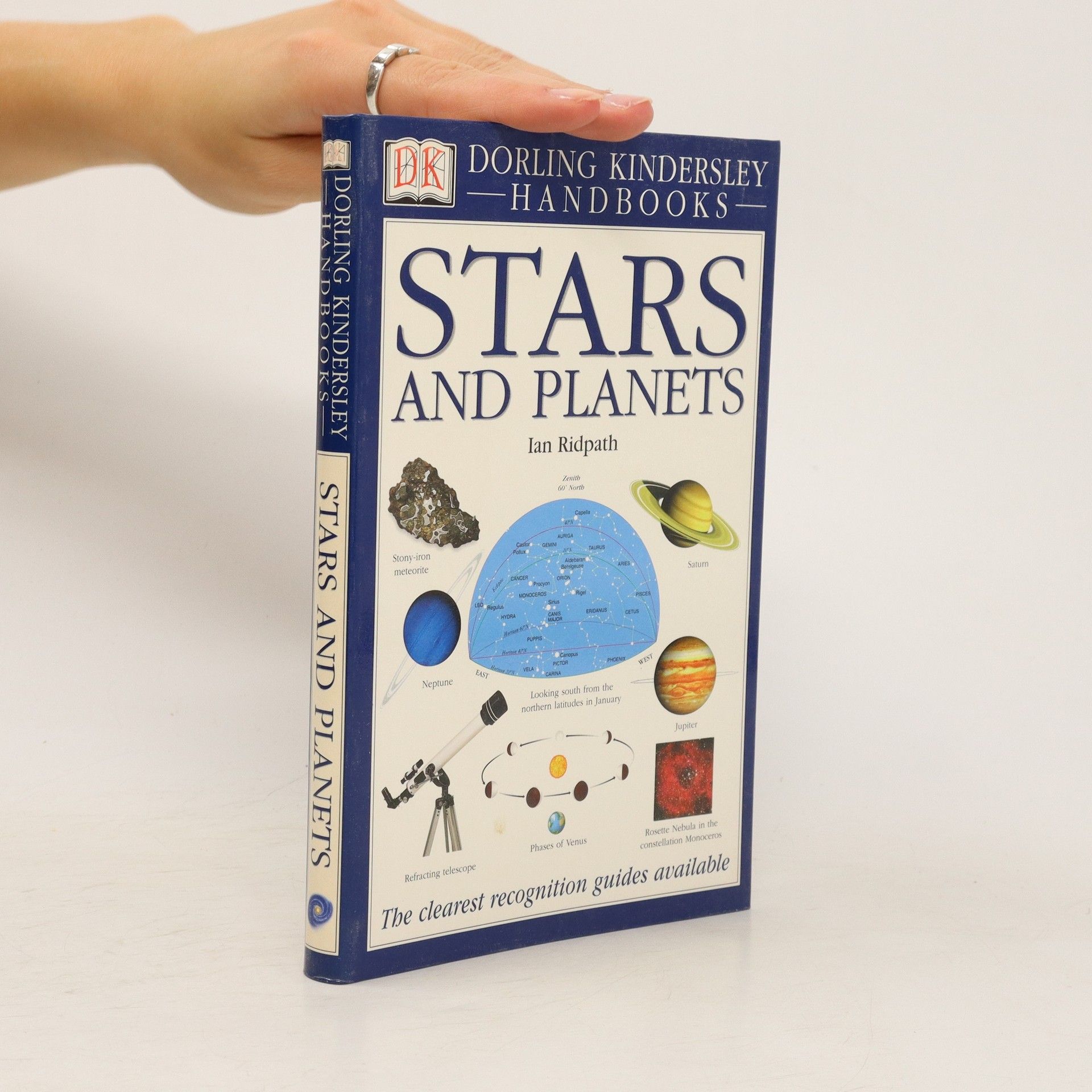Stars and Planets
- 224pages
- 8 heures de lecture
Authoritative text, crystal-clear charts and photographs, and a systematic approach make the Dorling Kindersley Handbook of Stars and Planets the most comprehensive and concise pocket guide to observing the night sky. Packed with jargon-free information, this handbook is suitable both for beginners and more experienced astronomers.









